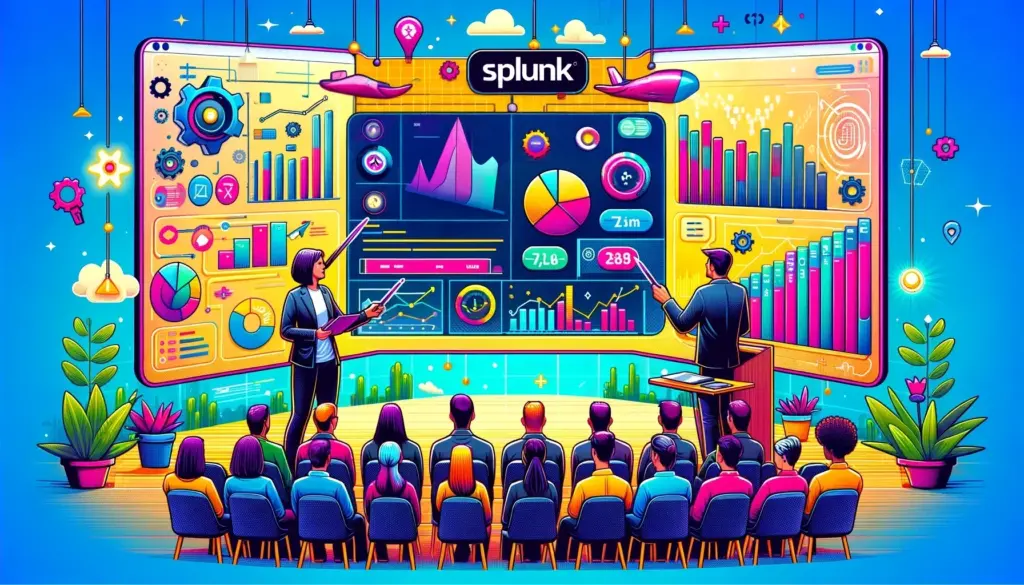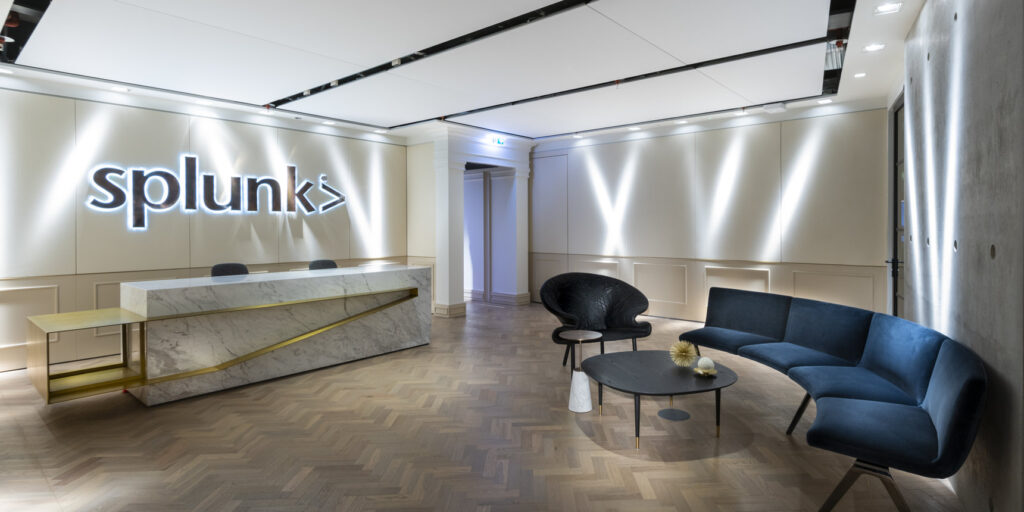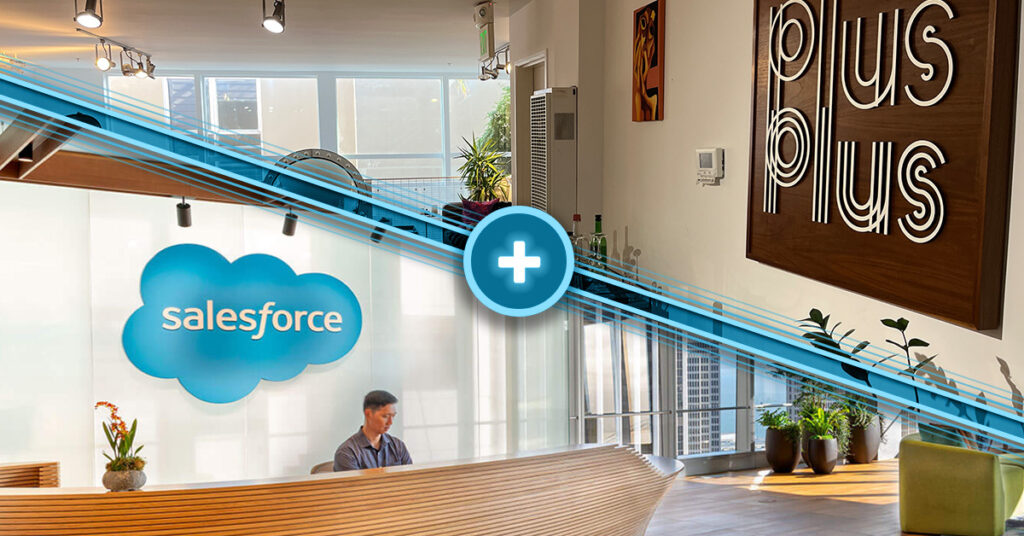Engineer Onboarding represents the first great test of an employee’s experience at their new job. The process can either be painless or painful, efficient or extremely repetitive, a sign of excellence or evidence of bad operations. To help tease out best practices, we recently put together a panel from some of the most significant companies in tech to see how they go about getting their new hires off on the best possible footing. Here are the key lessons we learned in the process of chatting with them.
1. Always choose skills over size
Companies with thousands of employees often have their onboarding needs met by relatively small teams. “We have a team of eight,” said Gabrielle Miller-Messner, an Instructional Engineer at LinkedIn. “We have four technical writers, one program coordinator, and three instructional engineers globally… We serve about 5,000 engineers. We run onboarding every two weeks. The classes are usually between 50 and 70 people.”
Things aren’t that different over at Netflix. “We have four senior technical program managers and one Developer Education leader,” said Jasmine Robinson, who serves as a Senior Technical Program Manager. “Everyone on our team has an engineering background. We have one Data Scientist, and then everyone can program in Node, React, Java or Python. We serve about 2200 engineers and we have between 30 and 50 engineers that attend onboarding every month.”
2. Onboarding teams are flexible, and that’s a good thing
Some companies nest their onboarding managers in the Engineering department, while others host them with Learning and Development.
“We’re in the engineering org and surrounded by engineers,” offered Simeon Franklin, who works as a Staff Technical Writer for Twitter University, the technical education program for engineers at the social network. “I really appreciate directly reporting into the engineering org and feeling like my peers are engineers.”
At Coinbase, however, it’s a slightly different story. “We don’t roll into engineering,” said Holly Ellis, a Learning and Development Program Manager for the company. “We roll into L&D centrally. However, we do have a steering committee. So we have about four senior engineering managers that own different sub-parts of the onboarding program.”
3. Strong mentorship and opportunities to socialize are necessary
The human touch is a critical component to the onboarding experience. It makes new hires feel like they belong and, more critically, that they know who to turn to as they navigate their work environment.
“We have four major community members who support our new hires. There are dedicated instructors like me,” said Miller-Messner. “There’s a pool of mentors that runs labs for each persona. LinkedIn has divided all of engineering into 10 role-based personas. “There are persona track owners who actually create the labs and there are guest speakers from engineering leadership.”
“We recently restructured so there’s less live instructor based training in our onboarding than there used to be” added Simeon Franklin. “We’re trying to focus more on experiences that have strong group and social components.”
4. It’s not only how the company works; it’s how the employee works at the company
Early attempts at onboarding often try to throw the entire kitchen sink at new hires. This was certainly the case at Twitter. “Historically… everybody in a technical role who joined Twitter needed to know about the variety of tools and technologies we used,” recounted Franklin.
“We’ve kind of pivoted a little; we’re pulling back. We got a lot of signals that managers and attendees wished we did more explaining about engineering culture, the organizational structure of Twitter, and some of the history of how we got where we’re at.”
-Simeon Franklin, Staff Technical Instructor at Twitter
We spent less time doing hands-on skills just cause you really have to segment those, and there was an ever increasing number of… engineers who didn’t care about Scala, for example. Service engineers aren’t using the same tools as data scientists and mobile engineers use an entirely different stack. That fragmentation drove us to do a less technical initial onboarding.”
The pandemic acted as an accelerant at Twitter; onboarding priorities were forced to change in the wake of widespread remote work.
“We had lots of feedback from people saying ‘I’ve never met anybody who’s not on my team,’ and ‘I don’t know how my team connects to the larger organization’.”
-Simeon Franklin, Staff Technical Instructor at Twitter
Franklin explained, “They knew that there were people over there who do data science or site reliability work, but didn’t know how to get ahold of them. There were lots of questions about organizational knowledge that were outside the scope of the sorts of things that HR onboarding can provide. These aren’t my favorite topics, but they turned out to be the most important stuff for people to hit the ground running in their first 30 or 60 days at Twitter.”
5. Smart companies will mix and match modalities
Employee needs will vary. There are times when onboarding can be efficiently delivered via live virtual sessions, and other, more rare times when a personal touch is required. A company should be flexible enough to meet those distinct needs. Miller-Messner described 3 principle modalities used at LinkedIn, “there’s live zoom sessions, which are mostly lecture style. There are small group labs led by mentors. And then there are asynchronous modules.” The asynchronous modules include courses and shorter modules that pair videos with quiz style challenges. “The sort of modality that we’re trying to bring in more is an activity or a small group challenge that isn’t a longer lab but is ad hoc… like a short-code challenge.”
Over at Coinbase, onboarding is largely similar, except that they offer a, “kind of office hours for any common issues that people are having, to be able to have a live touch point,” said Holly Ellis.
“The expectation is you complete async fast…as a guardrail before you come to a live session.”
–Holly Ellis, L&D Program Manager – Engineering at Coinbase
“And the other thing we’re very intentional about is a social element. So we have a number of social activities that we run during boot camp as well, such ‘build your knowledge tree’. So everybody, in the first week, has a whole list of everybody’s expertise,” Ellis adds.
6. Planning for social spontaneity
Though obvious, it’s nonetheless worth highlighting that COVID has scrambled the professional environment for nearly everyone. New hires face a significant challenge gaining the benefits conferred from in-person and serendipitous interactions across an organization. This lack increases the risk of opaque silos forming throughout a company.
“People at Twitter tend to know the folks on their team. You have daily stand‑ups with people and you see them a lot, but that siloing is a problem. Now there’s no longer the option of meeting people when you go to get coffee and you’re sitting down at a random table and saying, ‘Hey, can I sit here?’”, said Franklin. “Meeting people that you wouldn’t otherwise meet wasn’t something my team saw as our problem. Historically, we did not design onboarding at Twitter thinking strongly about the social experience. You got one by accident because it was just the default experience of everybody being in the room together… Redesigning our onboarding, we needed to think about how to make that more social.”
7. Existing talent: your great, underused resource
Sometimes even the best companies don’t fully recognize the wealth of talent they already possess in their ranks. Tapping into and celebrating veteran knowledge is a surefire way to scale onboarding. What’s more, it can create a virtuous cycle, setting a path for new employees to walk so that they might, some day, in turn contribute to the company’s collective IQ.
“What we’re trying to do is build an army of future subject matter expert volunteers.”
–Jasmine Robinson, Senior TPM at Netflix
Robinson goes on to add, “We introduce our new hires to Netflix’s culture of selflessly sharing information openly and broadly; One of our awesome Senior TPMs, Ben Lin, will be giving them a behind the scenes tour, where we walk them through all their opportunities to engage. And this tour guide is meant to drive enrollment in our continuous learning classes, our engineering communities, and volunteer opportunities beyond engineering bootcamp. It’s our hope that these new hires are going to be our future mentors and our future training facilitators.”
8. Success is best judged in retrospect
It’s rare for managers to finish an onboarding session certain that they’ve hit all their marks and adequately prepared new employees for the challenges that await. The true test comes in the months that follow, as new hires settle in and get a better handle on things. Metrics relating to onboarding quality are best collected at regular intervals.
“People don’t yet know how effective their onboarding was when they’re new to the company,” said Franklin. “We need to move past ‘Did you like the class?’ or, ‘Did you attain the learning goals of the class?’” Those are good questions, but better is asking people if their onboarding was relevant 30 or 60 or 90 days later. It’s also important to expand understanding and see that the ‘customer’ is not just the attendee; it’s also the EEM and, frequently, the IOM. They have more context as to whether the attendee learned the things that they needed to know.”
These are unprecedented times; Covid and its aftermath have upended every aspect of our professional lives. Onboarding teams are the frontline soldiers in the battle to help companies redesign their tactics. The right team with a sufficiently diverse skillset can prepare recent hires for the unique demands of their new workplace by staying flexible, leveraging the knowledge and mentorship capabilities of veteran staff, and looking for opportunities to recreate the sense of camaraderie and belonging that previously came from sharing a physical space.







